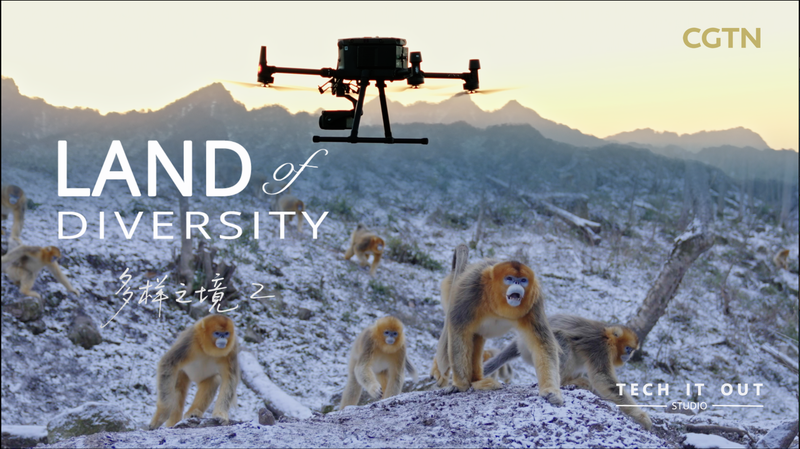Picture this: a group of macaques darting through dense jungle canopy, their moves a blur as they leap, climb, and vanish among the foliage. To the human eye—and traditional tracking methods—these lively primates can be nearly impossible to follow.
Enter the world’s first monkey facial recognition system. A team from Northwest University in the Chinese mainland has developed a breakthrough solution that scans faces, matches unique features, and instantly tells one macaque apart from another. With an intuitive app and minimal training data, researchers can now identify individuals in real time, no collars required.
But this is just the beginning. Similar AI tools are popping up in labs and field stations worldwide: drone-mounted cameras that snap high-fidelity images, acoustic sensors that recognize calls, and GPS-tagged smart collars that sync data in the cloud. By combining these technologies, teams are building a 360-degree view of animal behavior—and gaining insights into migration, social structures, and habitat use.
Why does this matter? For conservationists and wildlife authorities, accurate tracking data is gold. It reveals population dynamics, detects threats like poaching, and informs strategies to protect endangered species. In regions from the Amazon rainforest to the Himalayas, smarter tech means smarter conservation—helping balance ecosystems and safeguard biodiversity.
As AI finds its way deeper into ecology, young innovators and global changemakers have a front-row seat. Whether you’re coding the next recognition algorithm, advocating for sustainable habitats, or simply curious about how tech can power real-world impact, the era of digital wildlife stewardship is here—and monkeys have just secured their own "Face ID".
Reference(s):
cgtn.com


